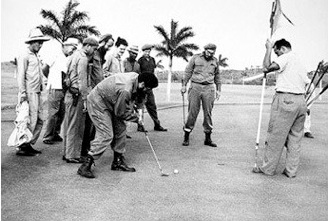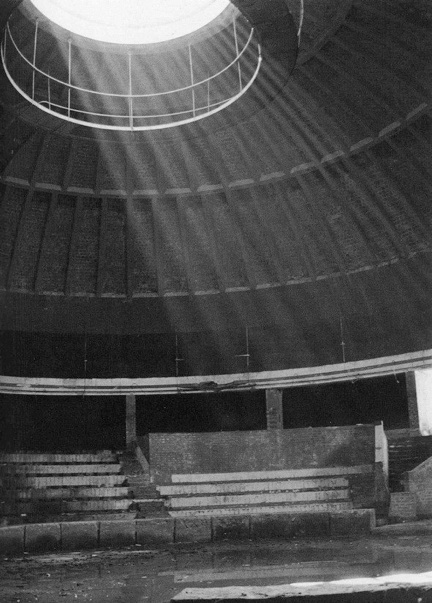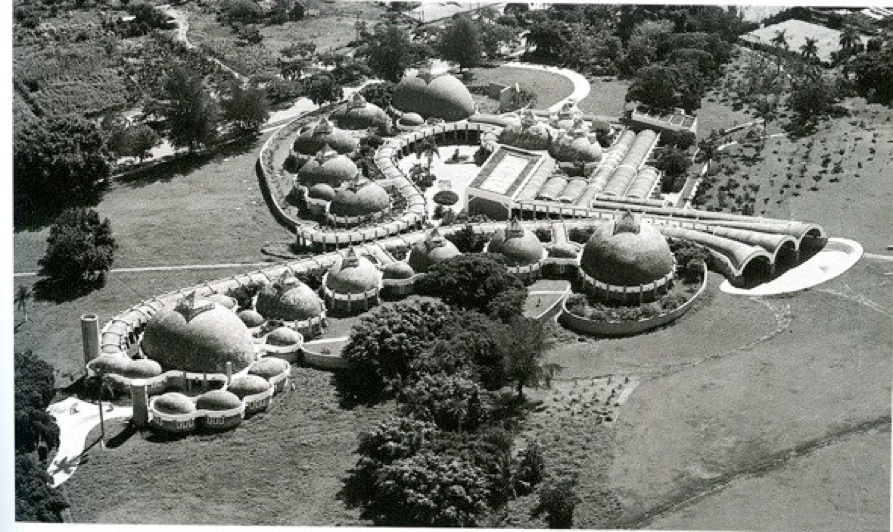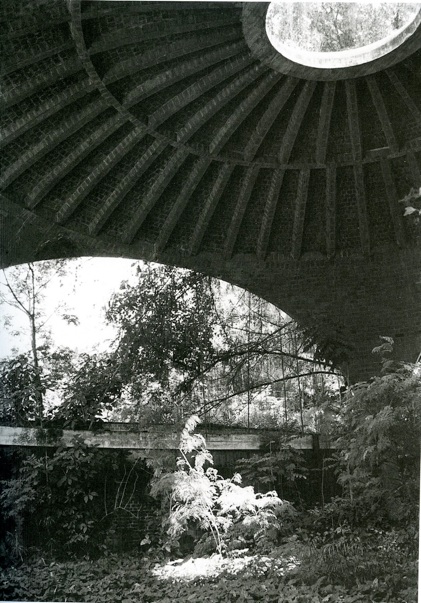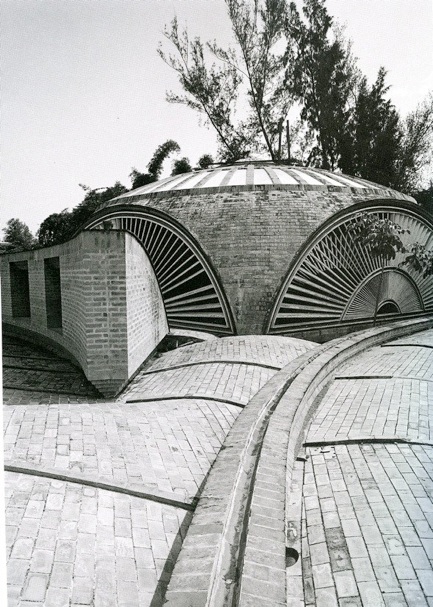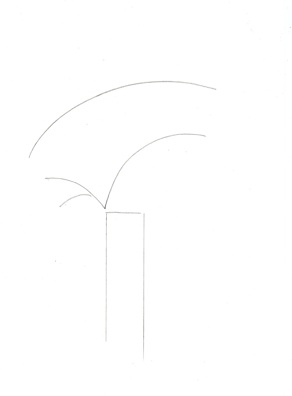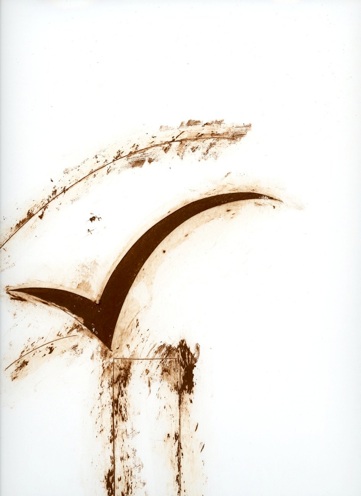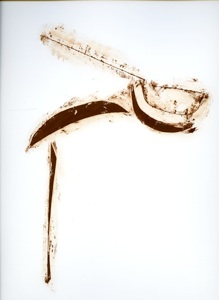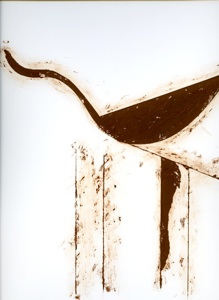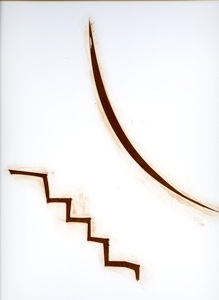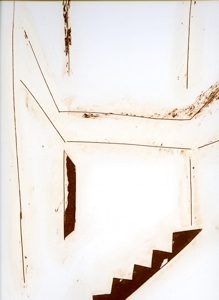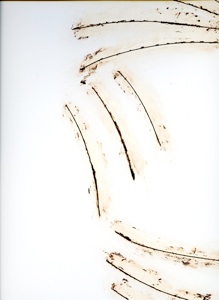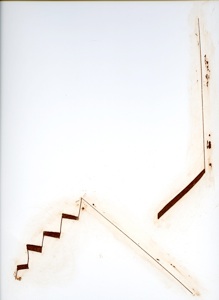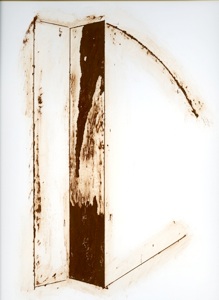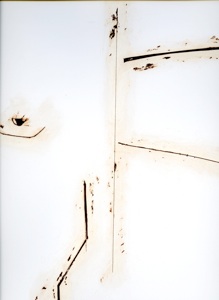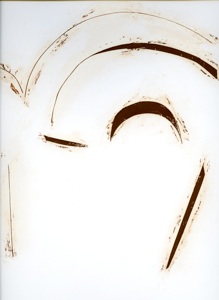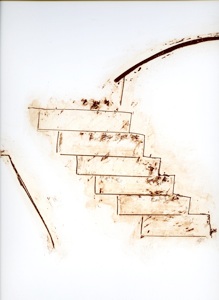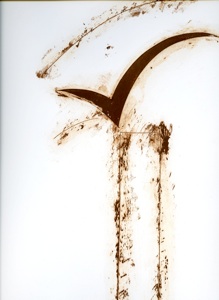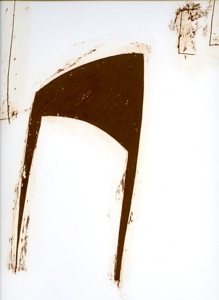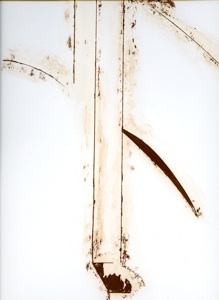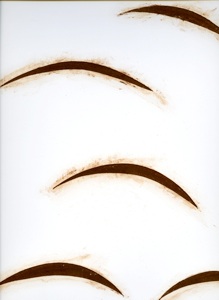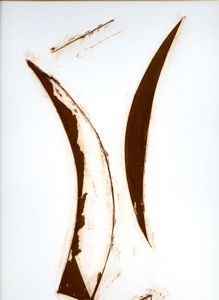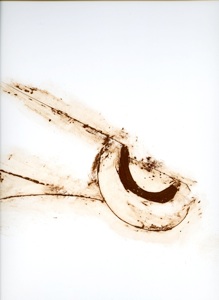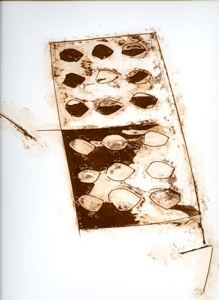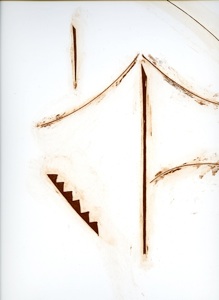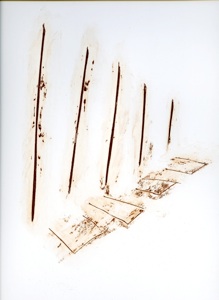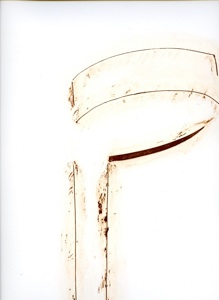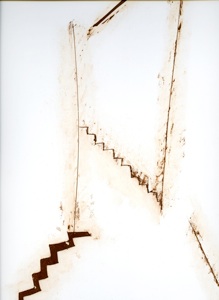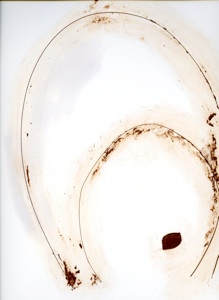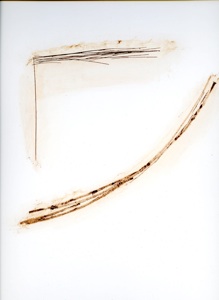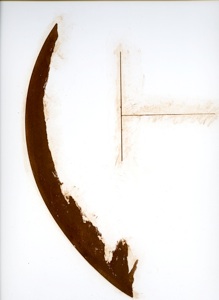This project began many years ago with a wish list of places I wanted to visit, Havana and Cuba was on my list, bold. But the idea like many others stayed on the shelf waiting for its time.
In 2011 I invited myself to Cuba to consider a project that might be made on site and be specific. I had begun working with singers and musicians in 2007 and I wanted to extend this practice to dance. The project was planned with the Cuban artist Marianela Orozco, who lives in Havana. I wanted to make a project with the music, dance and plastic arts. An arrangement was made to meet the heads of departments from all the schools and to make a talk at the school. The drive out to campus was took about 30 minutes by a taxi.
The buildings were stunning and the area that has been left derelict was even more so. So quickly the idea formed to make a performance work with he students - combining them into a single joint project, this is something that is unique within the schools. They were particularly interested in the collaborators I work with in London, and asked if they would be able also to come out. These included Ian Dearden who is a renowned British Composer who is also a sound designer who has worked with Stockhausen and regularly in Europe with Steve Reich. Linda Hirst who has sung with Berio and John Cage and Paola Piccata and Italian Choreographer that I also work with. It seemed important to them to have these people there to compliment and add to their student experiences. So the project grew to accommodate this idea. The project would lead to a performance work within the parts of the building using all the amazing areas and we would also make a filmed work. We would work with the students, making workshops and discussions and the piece would develop with them as an intrinsic partner in the finished work.
So eventually an official letter was issued and the project could begin. Of course there was one serious obstacle, the funds for the project would have to be found outside Cuba. I then spent a few years trying all the regular routes Arts Council, foundations but it seemed impossible. Then a conversation a few weeks ago with a curator Poppy Sebire and her suggestion to offer a kind of share option to potential investors. For the donation of $1000 they would get a work on paper, a copy of the finished DVD and of course mentioned in all publicity and publications as supporters of the project. She also suggested that this be a relatively small group of investors. The project is called twenty three Lines so the idea was to have twenty three investors. The next stage in this story was a conversation with Elizabeth Villar director of the one art space in NY, who I first met in Caracas in 1995. We re-met last year while I was working on a large-scale project with the Drawing Center and New Museum.
Then ten days ago, the 1st February we talked again about the project the gallery schedule and I was offered the opportunity to show works on paper and to help raise the finances for the Cuban Project. That meant we had fourteen days to put together a show and make the new works.
The works
In this suite of works there was two major stages. All the works are based on the architecture of the National schools designed by three architects, Ricardo Porro, Roberto Gottardi and Vittorio Garatti.
I began by making fifty or so small pencil drawings, details of the architecture. The forms shapes etc. From these pencil drawings I selected some for enlargement.
